Familia Best Articles
The GSSA’s Northern Transvaal branch annually sponsors the award for ‘Best FAMILIA article’ published during the preceding year. Some of the criteria the adjudicators take into consideration for eligible articles include:
- Does the article provide a significant contribution to genealogical knowledge, i.e. does it contain new information?
- Is the article professionally compiled with good sources, references, etc.?
- Is the article an easy read, is the presentation interesting and engaging, and does it maintain a good balance between readability and academic correctness?
| Year | Author | Title | Original |
Issue |
Article |
| 2023 |
Simon du Plooy
|
Reserve between the rivers - Moments and Fragments
|
Translated | 60/2 | ✔ |
| 2022 |
Francesco Uys Rootenberg
|
The origins of the Afrikaner Van der Merwe family – An enigma unravelled
|
English | 59/1/2/3 | ✔ |
| 2021 |
Nic Dinham
|
Louisa Hack (1873-1945) – Fallen angel?
|
English | 58/1 | ✔ |
| 2020 |
Dr Rentia Landman
|
Ancestor from Africa to Africa
|
Translated | 57/1 | ✔ |
| 2019 |
Dr Wilhelm Bernhardt
|
An economic frameworkd for genealogical research?
|
Translated | 53/3 | ✔ |
| 2018 |
Charlie Els
|
The outcasts
|
Translated | 55/2 | ✔ |
| 2017 |
Sam Basch
|
Of Mine and Mines - A brief look at descendants of Alexander Basch in SA
|
English | 54/1 | ✔ |


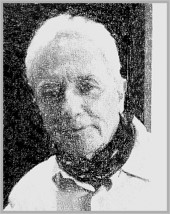 Nic Dinham [Familia 2021 Vol. 58/1]
Nic Dinham [Familia 2021 Vol. 58/1]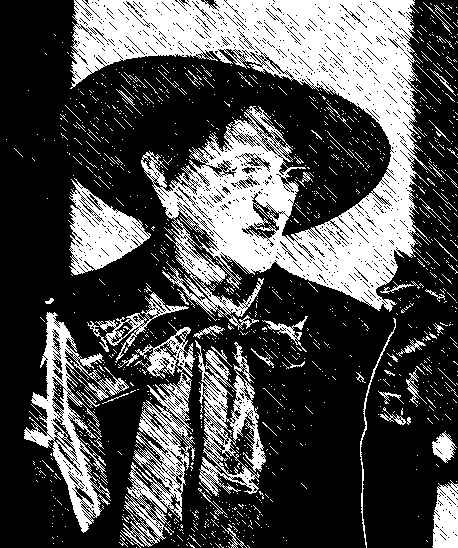 Dr Rentia Landman Reid [Familia 2020 Vol. 57/1 p38-47]
Dr Rentia Landman Reid [Familia 2020 Vol. 57/1 p38-47]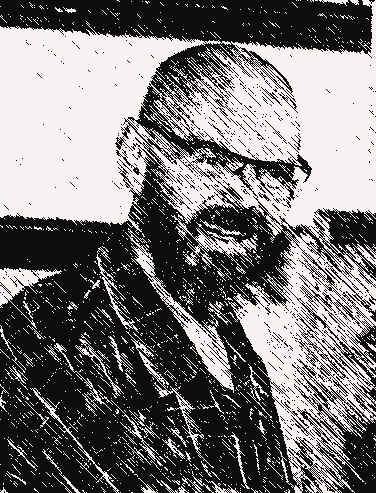 Dr Wilhelm Bernhardt [Familia 2019 Vol. 56/3 p23-41]
Dr Wilhelm Bernhardt [Familia 2019 Vol. 56/3 p23-41]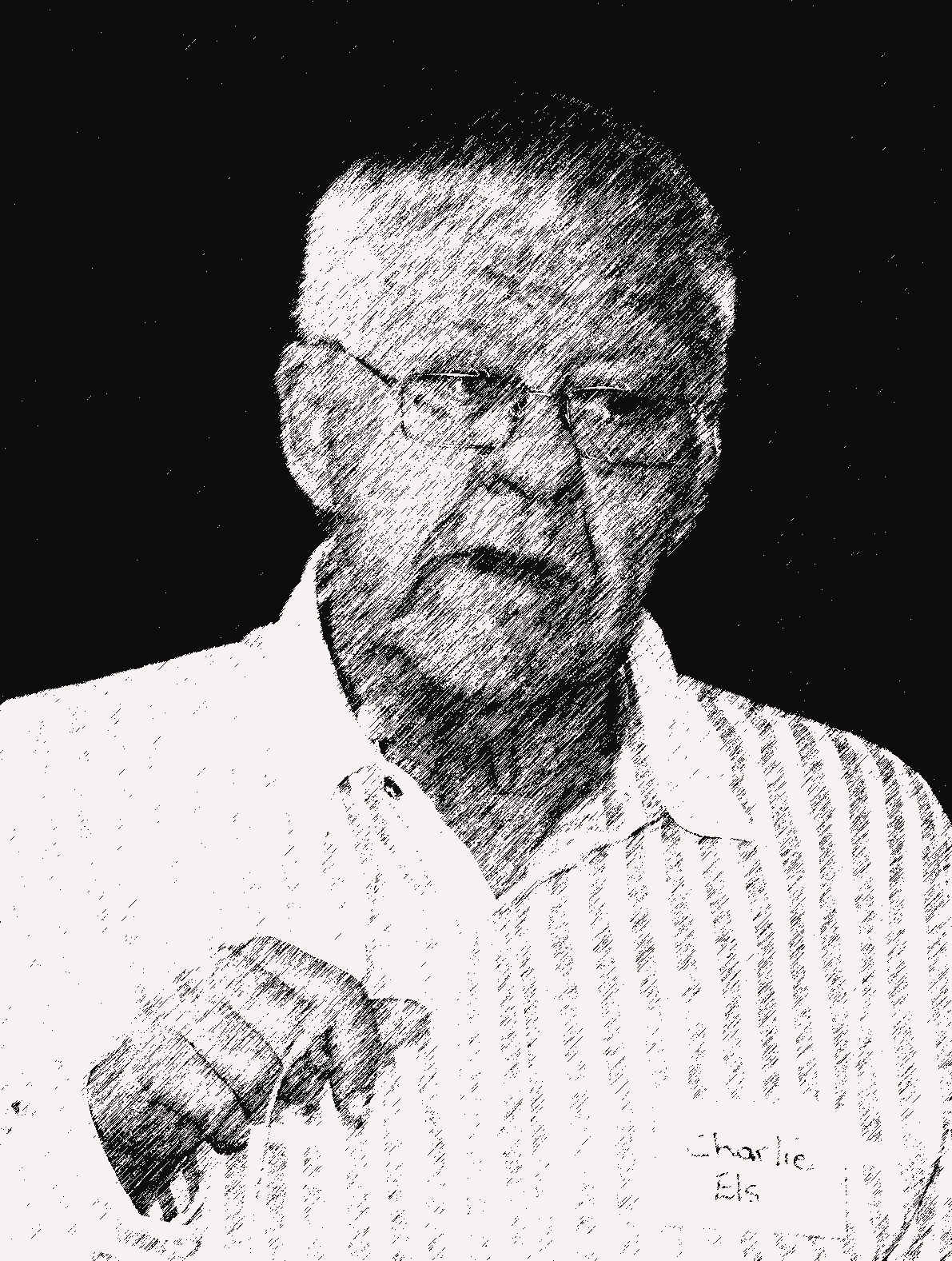
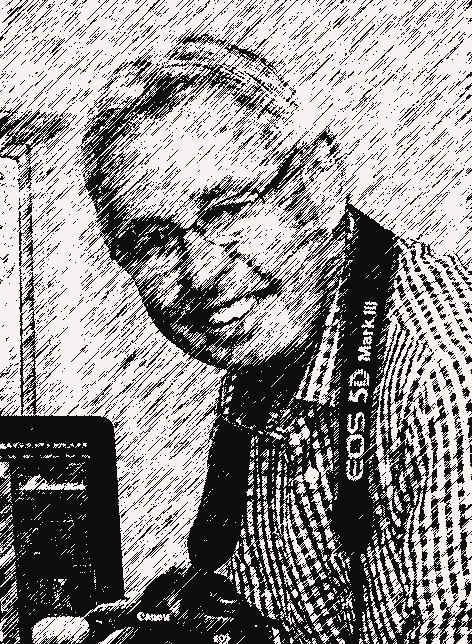 Sam J. Basch [Familia 2017 Vol. 54/1 p23-42]
Sam J. Basch [Familia 2017 Vol. 54/1 p23-42]